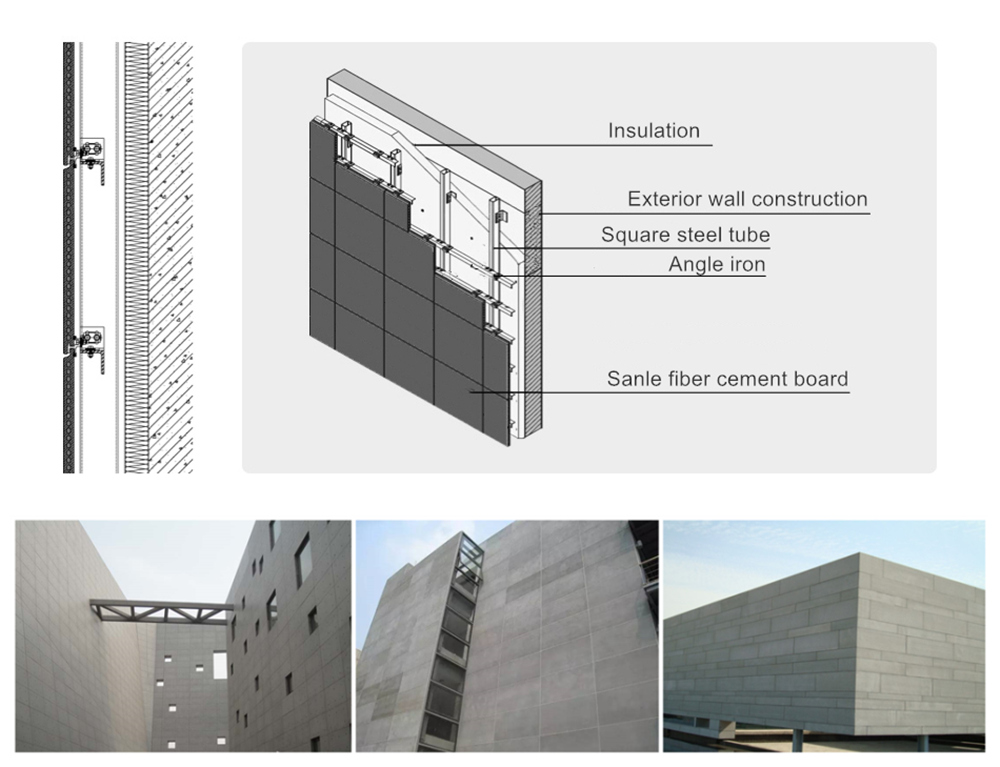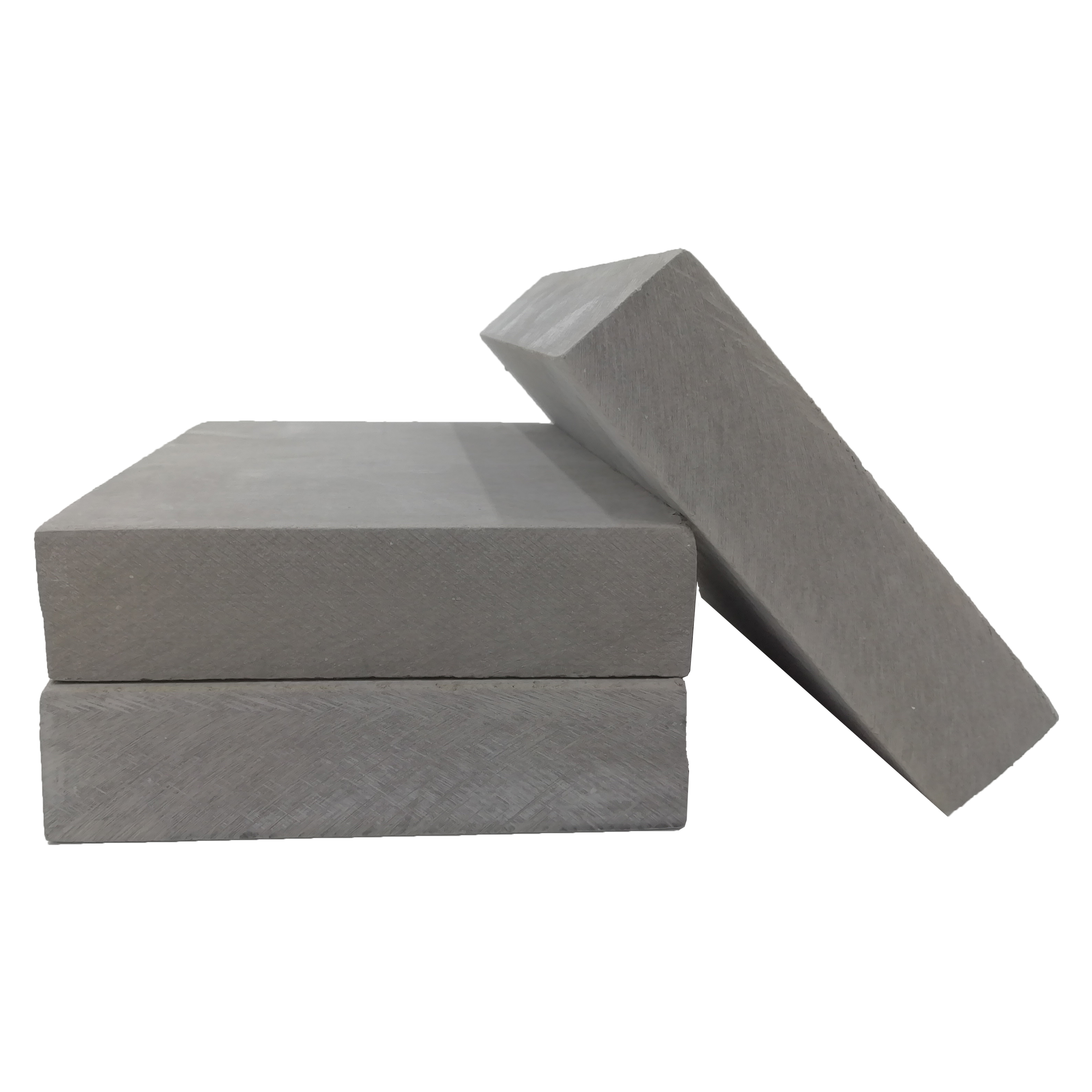What Are Fiber Cement Boards?
In the realm of construction and architecture, the quest for robust and sustainable building materials has led to the innovation of various products.
One such material that has gained popularity over the years is fiber cement boards. Combining the strength of cement with the flexibility of fibers, these boards have proven to be a game-changer in the construction industry.
What are Fiber Cement Boards?
Fiber cement boards, often referred to as FC boards, are composite materials used primarily for siding and roofing in construction projects. They are made from a blend of cement, sand, cellulose fibers, and water, resulting in a sturdy and versatile product. The presence of cellulose fibers, typically sourced from sustainable materials like wood or recycled paper, enhances the board's flexibility and impact resistance while reducing its weight.
Composition and Manufacturing Process
The manufacturing process of fiber cement boards involves several key steps. First, the cement, sand, and cellulose fibers are mixed in precise proportions. Next, the mixture is formed into sheets using a specialized machine, and these sheets are then compressed under high pressure to increase their strength. Finally, the boards are cured in a controlled environment, allowing them to gain optimal durability and stability.
Advantages of Fiber Cement Boards
Durability
Fiber cement boards are highly durable and can withstand harsh weather conditions, including extreme temperatures, rain, and UV exposure. They do not rot, warp, or become damaged due to moisture, making them ideal for exterior applications.
Fire Resistance
Thanks to their cement composition, fiber cement boards exhibit excellent fire-resistant properties. They do not contribute to the spread of flames, making them a safe choice for buildings in fire-prone areas.
Low Maintenance
Compared to traditional materials like wood, fiber cement boards require minimal maintenance. They do not need regular painting or staining, reducing long-term upkeep costs.
Pest and Termite Resistance
Unlike wood-based materials, fiber cement boards are not susceptible to termite attacks or pest infestations, ensuring long-lasting structural integrity.
Eco-Friendly
By incorporating recycled and sustainable materials, fiber cement boards promote eco-conscious construction practices. They are also recyclable, contributing to reduced waste generation and a smaller carbon footprint.

Significance of Fiber Cement Boards in Sustainable Construction
As sustainability gains prominence in the construction industry, fiber cement boards have emerged as a frontrunner in eco-friendly building materials. Their production involves the use of recycled materials, reducing the demand for new resources and conserving energy. Furthermore, their durability and long lifespan mean that they contribute to reducing the need for frequent replacements, saving resources in the long run.
Fiber cement boards also possess excellent thermal insulation properties, aiding in energy conservation by reducing the need for artificial heating and cooling systems. This, in turn, helps to minimize greenhouse gas emissions and promote energy-efficient buildings.
Conclusion
Fiber cement boards are a remarkable innovation in the field of construction, offering a blend of strength, flexibility, and eco-friendliness. As a durable and sustainable building material, they have become a preferred choice for architects, builders, and homeowners alike. With their fire resistance, pest resistance, and low maintenance requirements, fiber cement boards exemplify a holistic approach to construction that prioritizes longevity and environmental responsibility.
As the world continues to focus on sustainable practices, fiber cement boards stand as a testament to the power of human ingenuity in creating materials that harmonize with nature while maintaining structural integrity and aesthetic appeal in modern architecture.







